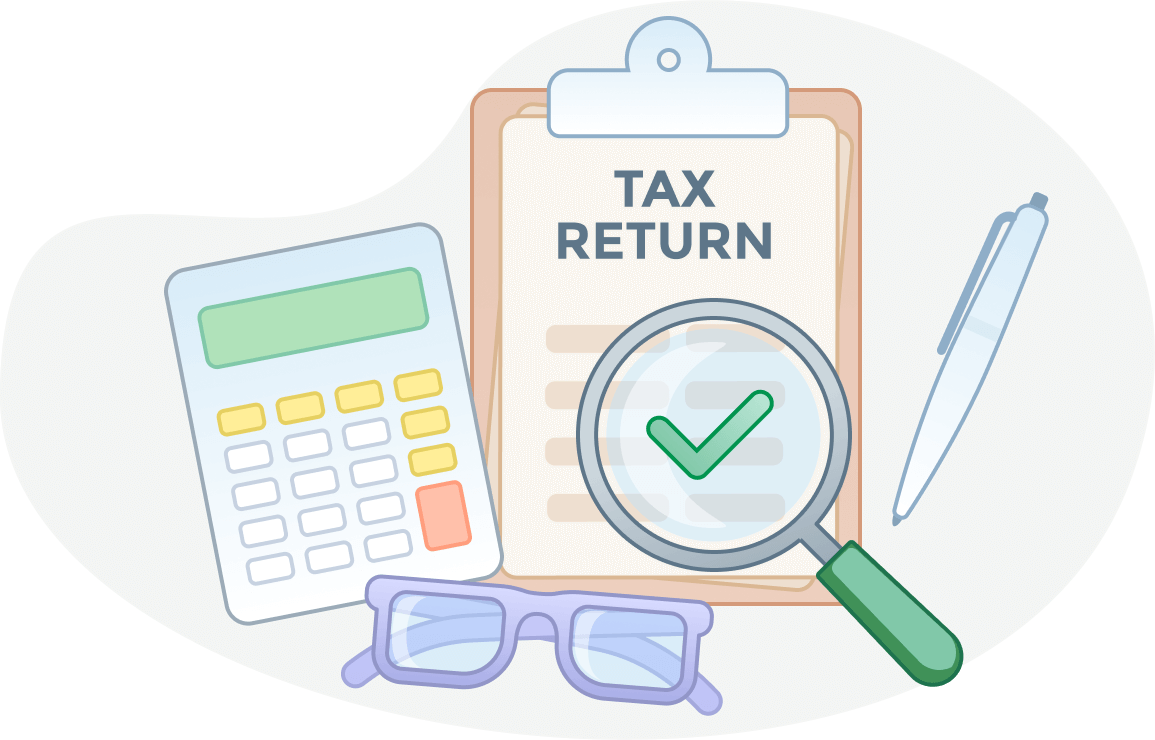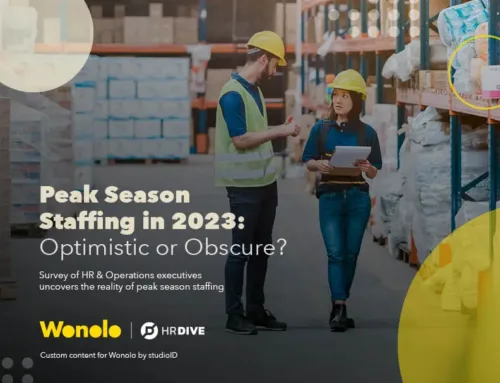Wonolo
If you are working as a Wonoloer, you’ll likely be responsible for filing your estimated 1099 self-employment taxes throughout the year. Sure, the thought of paying your taxes may not be the most pleasant one, but Keeper Tax is here to help make it a little more tolerable and has compiled a quick checklist that might help you when tax season rolls around. One note though – everyone’s tax situation is different and while we’ve put some potentially helpful tips below, it’s no substitute for the tailored advice you can and should seek from your own tax, legal and accounting advisors.
Gather All Of Your Documents
To kick things off, you’ll need to gather all of the necessary tax forms. As a Wonoloer, you are an independent contractor, which means that if you earn more than $600 through the Wonolo application, you will receive a 1099 form.
To make sure you promptly receive your 1099 tax form from Wonolo, you should take care to confirm that your personal information is correct on your Wonolo account, e.g., your legal name and Social Security Number.
If you do not receive a 1099 and know you should have got one, contact Wonolo’s support team.
Organize Your Deductions
Unlike a W-2, 1099 or freelancing income does not automatically withhold income tax or Social Security and Medicare. After you calculate your self-employment taxes, you may feel overwhelmed by how much you’ll owe.
Business credits and tax deductions can help you lower your tax bill. Business write-offs lower the taxable income you earned in the previous year (i.e., 2022). For instance, if you spent $1,500 in qualified business expenses, that amount would be subtracted from how much you earned that year and you would lower the amount of income that will be taxed.
So it is important to keep clean records of all your expenses. Use a Schedule C to report income or loss from a business you operated. A Schedule is also where you can claim any tax write-offs for items like business supplies, gas, business insurance, etc.
The IRS needs to deem an expense to be “ordinary” and “necessary” to qualify as a deduction. An expense is considered to be ordinary if it’s typically taken by self-employed individuals in a similar or related field. An expense is “necessary” if it’s valuable to you for completing your work. An expense does not have to be absolutely required to be considered necessary.
Here is a list of the common 1099 deductions for independent contractors you can take advantage of.
How Much Can You Deduct From Each Expense?
The IRS allows you to deduct the portion you use to provide your services or work from your taxes. For example, if you use your cellphone 30% of the time for business, you can deduct 30% of the expense from your tax bill. If you use your car for both business and personal purposes, the actual expenses or mileage must be split and divided as well.
Because business meals and entertainment costs include a personal element, you are only allowed to write-off 50 percent of those costs as deductible as business expenses – though for 2021 and after, this amount should rise to 100%.
You can only claim the home office deduction if you exclusively use your designated space for business purposes. You cannot deduct a percentage of your home if you use it for personal use as well.
The Myth Of Paper Receipts
Business owners and freelancers around the world have been hoarding paper receipts to record their tax deductions. Don’t be one of them, please. The IRS has kept up with the times and allows small business owners to use credit cards and bank statements as an eligible way of tracking business expenses.
They are legally required to accept digital forms of proof. You can have accounting software provide the IRS with a record of all your business expenses and paper receipts. Keeper Tax is a 1099 expense tracker that scans your bank and credit card statements to automatically organize your deductions for you.
So clean out your closet of paper receipts and start tracking your deductions electronically.
Save Money To Plan Ahead
You know that as a freelancer, sometimes work is slow or clients are late with a payment.
Saving money from every payment is not only a great way to have cash flow in case of an emergency or slow period while you are freelancing, setting cash aside allows you to handle your tax duty without stress. After all, you don’t want to end up surprised by a huge tax bill at the end of the year because you didn’t save for it. That is why it is absolutely necessary you’re putting enough money away from every payment to be able to pay your share of taxes.
Use this calculator to see how much money you should be set aside for 1099 taxes.
Putting aside money is also important because you may need the extra cash to pay estimated quarterly taxes throughout the year.
Take Care Of Your Quarterly Tax Payments
Since self-employment taxes are not withheld from independent contractors or self-employed workers’ income, they have to pay those taxes themselves by making estimated tax payments four times a year.
Quarterly tax payments are typically due:
- First Quarter – April 15th
- Second Quarter – June 15th
- Third Quarter – September 15th
- Fourth Quarter – January 15th (of the following year)
In order to figure out how much you’ll owe in quarterly tax payments, check last year’s tax forms to see how much you owe in taxes and divide that number by four. That total will be your estimated tax payment. You can also use this free estimated tax calculator to do it for you.
File Your Return
Finally, the last step in the filing process is to actually file your return! The best way to submit your tax return is to e-file.
You can use the IRS website to e-file directly or the help of an accountant or tax software to seamlessly file your tax return. If you notice a mistake on your tax return, any changes or amendments would have to be turned in by mail.
The 1099 Tax Preparation Checklist
Careful planning will help you be prepared and not tearing your hair out when tax season arrives. Use this checklist to make sure you cover all the bases when it comes to your 1099 taxes.
- Keep clean records of all the income you received (this include cash, tips and value of goods received)
- Track your business expenses (you can this free 1099 excel template to manually track your expenses or our app to automatically do it for you)
- Make estimated tax payments if necessary
- File your annual tax return
Keeper Tax is a Wonolo Up partner offering Wonoloers benefits and perks to help make the most of your Wonolo experience.
The information provided on this webpage is for general information purposes only and should not be viewed as tax, accounting, legal, financial, or other professional advice. All information provided on the site is provided in good faith, however neither Wonolo Inc. nor Keeper Tax makes any representation or warrant of any kind, express or implied, regarding the accuracy, adequacy, validity, reliability, availability or completeness of any information in this article or on our respective sites. You should not act upon information contained in this article without seeking appropriate professional advice.
By Brandon Leuangpaseuth. He is a copywriter from San Diego, CA who loves to help people save money on taxes.


![[Report] Beyond the Gig: Exploring Reliable Work Options for the Modern Workforce](https://info.wonolo.com/wp-content/uploads/2023/10/Worker-Preferences-Report-Header-Image-500x383.png)



